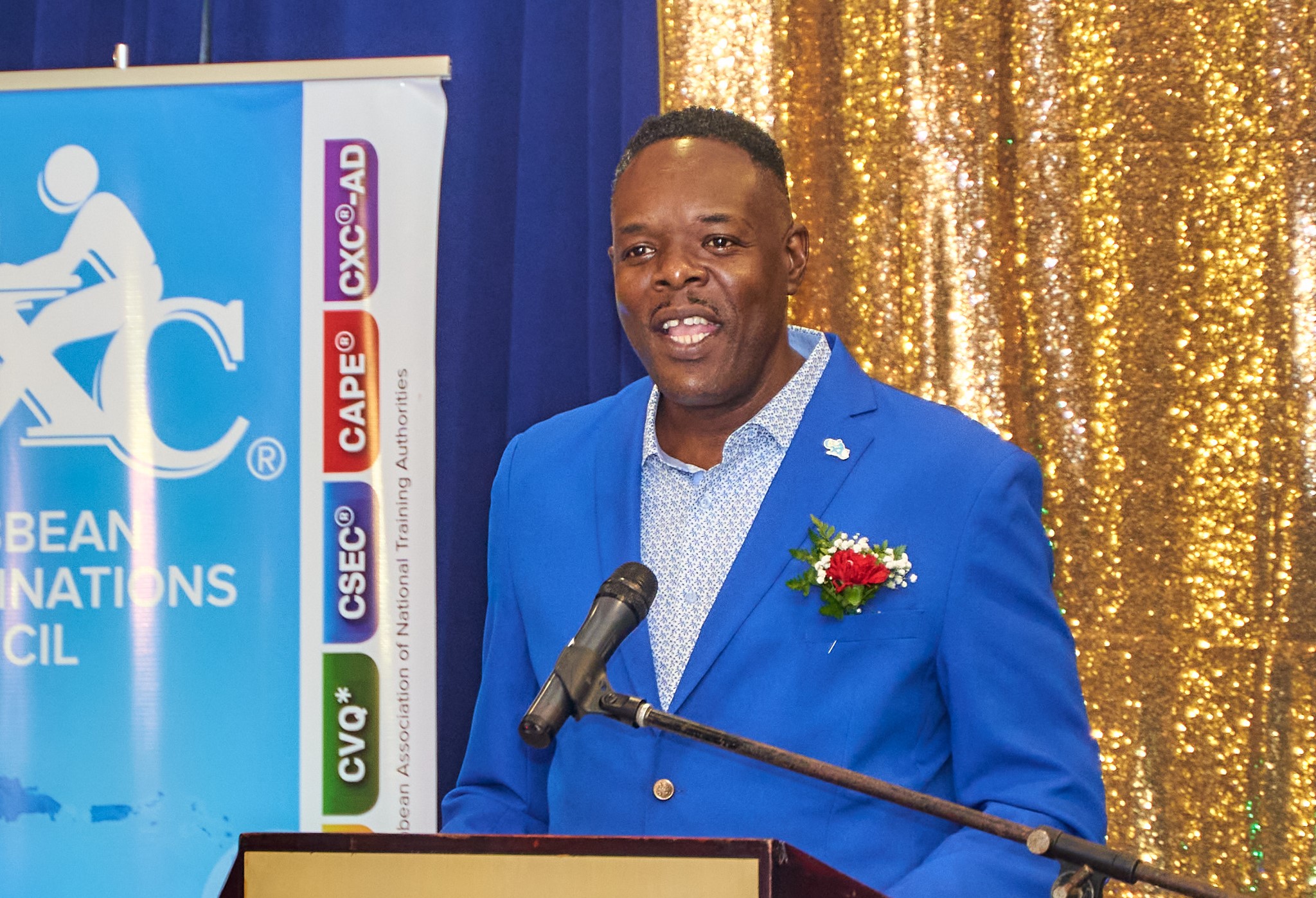Renowned Drummer Roy Haynes, Pioneer of Modern Jazz, Passes Away at 99

November 13, 2024
Jazz drumming legend Roy Haynes, known for his influential career spanning seven decades, passed away at 99. He worked with jazz icons and recorded on numerous classic albums.
Roy Haynes, among the greatest and most influential drummers in the history of jazz, died on Tuesday in Nassau County, N.Y., on the South Shore of Long Island. He was 99.
His death, after a brief illness, was confirmed by his daughter, Leslie Haynes-Gilmore. She declined to specify where in the county he died.
Mr. Haynes was an irrepressible force who proudly remained both relevant and stylish over a career spanning seven decades, having had a hand in every major development in modern jazz, beginning in the bebop era. Remarkably, he did so without significant alterations to his style, which was characterized by a bracing clarity — Snap Crackle was the nickname bestowed on him in the 1950s — along with locomotive energy and a slippery but emphatic flow.
Few musicians ever worked with so broad an array of jazz legends. Mr. Haynes recorded with the quintessential swing-era tenor saxophonist Lester Young as well as the contemporary guitarist Pat Metheny. He was briefly but prominently associated with the singer Sarah Vaughan, and with some of bebop’s chief pioneers, notably the alto saxophonist Charlie Parker and the pianists Bud Powell and Thelonious Monk.
And he appeared on dozens of albums, including many regarded as classics, among them Eric Dolphy’s “Outward Bound” (1960), Oliver Nelson’s “The Blues and the Abstract Truth” (1961), Stan Getz’s “Focus” (1962) and Chick Corea’s “Now He Sings, Now He Sobs” (1968).
Mr. Haynes made a handful of highly regarded albums as a leader, including “We Three,” a 1958 trio session with the pianist Phineas Newborn Jr. and the bassist Paul Chambers, and “Out of the Afternoon,” a 1962 date with Rahsaan Roland Kirk (then known as just Roland Kirk) on reeds, Tommy Flanagan on piano and Henry Grimes on bass. He led a series of assertive working bands over the years, notably the Hip Ensemble, which courted the funkier side of fusion in the 1970s.
More recently he connected with collaborators many years his junior, like the trumpeter Roy Hargrove and the bassist Christian McBride. In 2000, he released “The Roy Haynes Trio,” featuring the pianist Danilo Pérez and the bassist John Patitucci. A few years later, he formed the Fountain of Youth band with players in their 20s and 30s; that group appears on his last album, “Roy-Alty,” released on the Dreyfus label in 2011.
Mr. Haynes was one of the first jazz drummers to make expressive use of his left foot on the hi-hat pedal, breaking away from a metronomic stomp on beats two and four. He brought a similar freedom of purpose to his snare and bass drum, with punchy accents that suggested a continuing conversation set against the pulse of his ride cymbal.
His flexible articulation of tempo, and his departure from the rigid framework of four- and eight-bar phrases, set a precedent adopted by countless others — from Tony Williams and Jack DeJohnette, both born in the 1940s, to the generation that includes his grandson Marcus Gilmore, born in 1986.
Panache was a also trademark for Mr. Haynes, who nurtured a fondness for flashy cars and clothes throughout his adult life. He bought his first automobile, an Oldsmobile convertible, in 1950, and took pride in wowing Charlie Parker with it. In 1960, he was named one of the best-dressed men in America by Esquire magazine, on a list that also included Fred Astaire, Cary Grant and Miles Davis.
A presence on the jazz scene even in what many would consider retirement age, he performed and recorded into his 80s. He did voice-over work for the 2008 video game Grand Theft Auto IV, playing himself as the host of a radio station whose motto was “Jazz from a time before it became elevator music.”
Roy Owen Haynes was born on March 13, 1925, in the Roxbury neighborhood of Boston, the third of four sons of Gus and Edna (Payne) Haynes. The couple had moved to the area from Barbados.
Roy gravitated to the drums early, taking lessons with Herbert Wright, who lived on the same street and had been a member of James Reese Europe’s band the 369th Infantry Hellfighters. On record, Mr. Haynes found a lifelong hero in Jo Jones, the drummer with Count Basie.
He worked steadily around Boston as a teenager and landed a job with the Luis Russell band, which brought him to New York. There he found himself in demand as a sideman and became a regular at jam sessions, including one, at Minton’s Playhouse in Harlem, that drew most of the young proponents of bebop. He worked with Lester Young from 1947 to 1949 before inheriting Max Roach’s vital role in the Charlie Parker Quartet.
Because innovations in rhythm were at the heart of bebop — and because Mr. Haynes worked with both Mr. Parker, the music’s pied piper, and Mr. Monk, its so-called high priest — he quickly gained a reputation as a first-rate bop drummer.
One famous photograph, by Robert Parent, depicts him onstage with Mr. Parker, Mr. Monk and the bassist Charles Mingus at the Open Door in Greenwich Village in 1953. (Mr. Haynes was the last living participant in that session.) He played on “The Amazing Bud Powell,” Volumes 1 and 2, in a band that also included the tenor saxophonist Sonny Rollins and the trumpeter Fats Navarro.
But bebop was always only one side of Mr. Haynes, who began a five-year affiliation with Sarah Vaughan in 1953, establishing his sensitivity and grace as an accompanist. And the shrewdly roomy music he played with a Monk quartet at the Five Spot Café in Manhattan, documented on a pair of albums recorded there, hardly fit bebop’s frenetic reputation.
During the 1960s, he played an integral role in the development of experimental post-bop, courting abstraction in ways that left a strong momentum intact. He played on a series of consequential albums in this vein, including Mr. Corea’s “Now He Sings,” one of the defining modern piano trio albums; the alto saxophonist Jackie McLean’s “Destination … Out!” (1964) and “It’s Time!” (1965); the pianist Andrew Hill’s “Black Fire (1964) and “Smokestack” (1966); and “Reaching Fourth” (1963), by the pianist McCoy Tyner.
From time to time he played alongside Mr. Tyner in the John Coltrane Quartet, serving as a backup whenever the band’s regular drummer, Elvin Jones, was unable to perform. His most prominent turn in the Coltrane band came during the 1963 Newport Jazz Festival.
Mr. Haynes was less central to the jazz-rock boom of the 1970s, though he had played on several pertinent albums by the vibraphonist Gary Burton that prefigured the style, the earliest of which was released in 1966. The Hip Ensemble, which he introduced with an album by the same name in 1971, branched out into fusion, earning him younger fans. But the style he favored most in his working bands was a driving, harmonically open variant on post-bop.
After recording the Pat Metheny album “Question and Answer” in 1990, Mr. Haynes featured Mr. Metheny on an album of his own, “Te-Vou!” (Dreyfus), alongside Mr. McBride, the alto saxophonist Donald Harrison and the pianist David Kikoski.
The amount of time Mr. Haynes spent in long-term sideman posts early in his career, notably with Sarah Vaughan, may have cost him a degree of renown; for some time he was overshadowed by peers like Max Roach and Elvin Jones. But he appreciated the stability that he was able to provide his family. He bought a house on Long Island, where he and his wife, Jesse Lee Nevels Haynes, raised three children. His wife died in 1979.
In addition to his daughter, he is survived by his sons, Craig, a drummer, and Graham, a cornetist; eight grandchildren, including Mr. Gilmore; and seven great-grandchildren.
In the renown department, Mr. Haynes later made up for lost time, especially from the 1990s on, when he stepped up his performing and recording schedule and began accruing accolades. He was named a National Endowment for the Arts Jazz Master in 1995. In 2000, he shared his second Grammy Award, for the album “Like Minds,” with Mr. Burton, Mr. Corea, Mr. Metheny and the bassist Dave Holland. He had won his first Grammy 12 years earlier, for his participation in the McCoy Tyner album “Blues for Coltrane.”
Mr. Haynes took part in his own Jazz at Lincoln Center tribute concert in 2010, and he received lifetime achievement awards from the Recording Academy in 2011 and the Jazz Foundation of America in 2019.
Two other events illustrated the breadth of Mr. Haynes’s life in jazz. In 2010, he participated in an 80th-birthday concert for Mr. Rollins, at one point backing both the guest of honoUr and Ornette Coleman, the alto saxophonist and free-jazz pioneer, in their first onstage exchange.
And in 2011, Mr. Haynes appeared on the “Late Show With David Letterman” with the Fountain of Youth band. He briskly played “Summer Nights,” a track from the 1992 album “When It’s Haynes It Roars,” looking busy but collected under the stage lights, in an ornately patterned suit jacket, a crisp shirt and tie, and wraparound reflective sunglasses. (NY Times)


